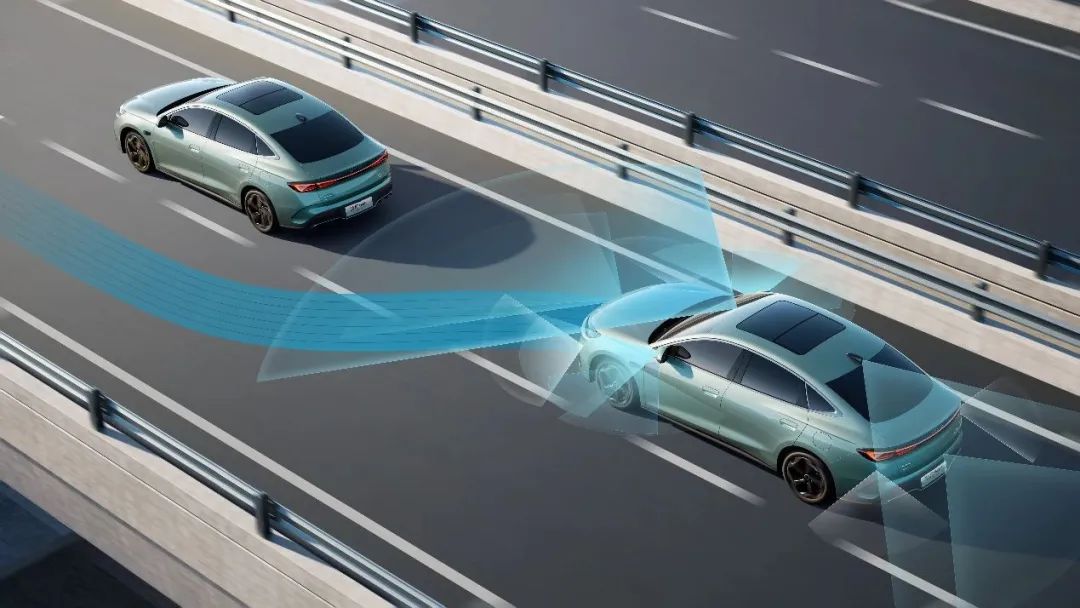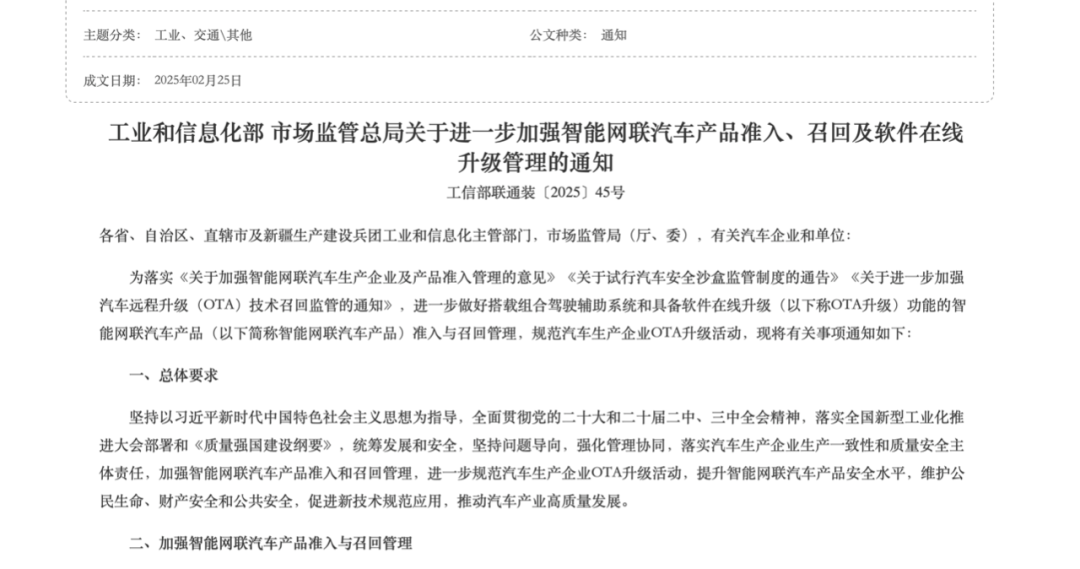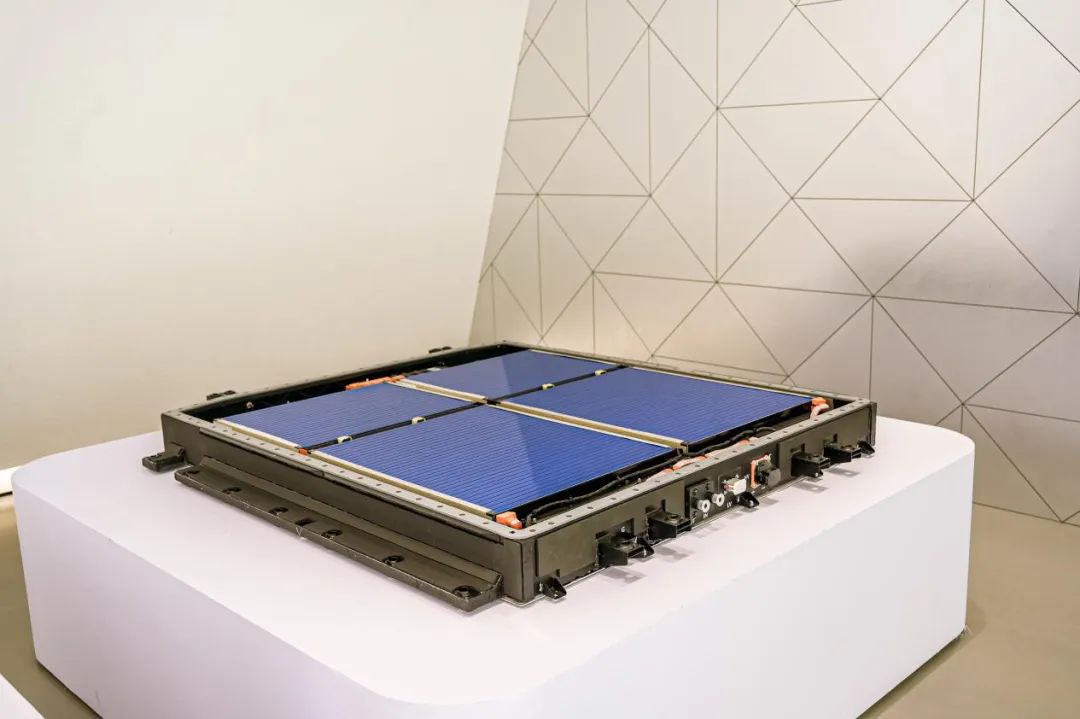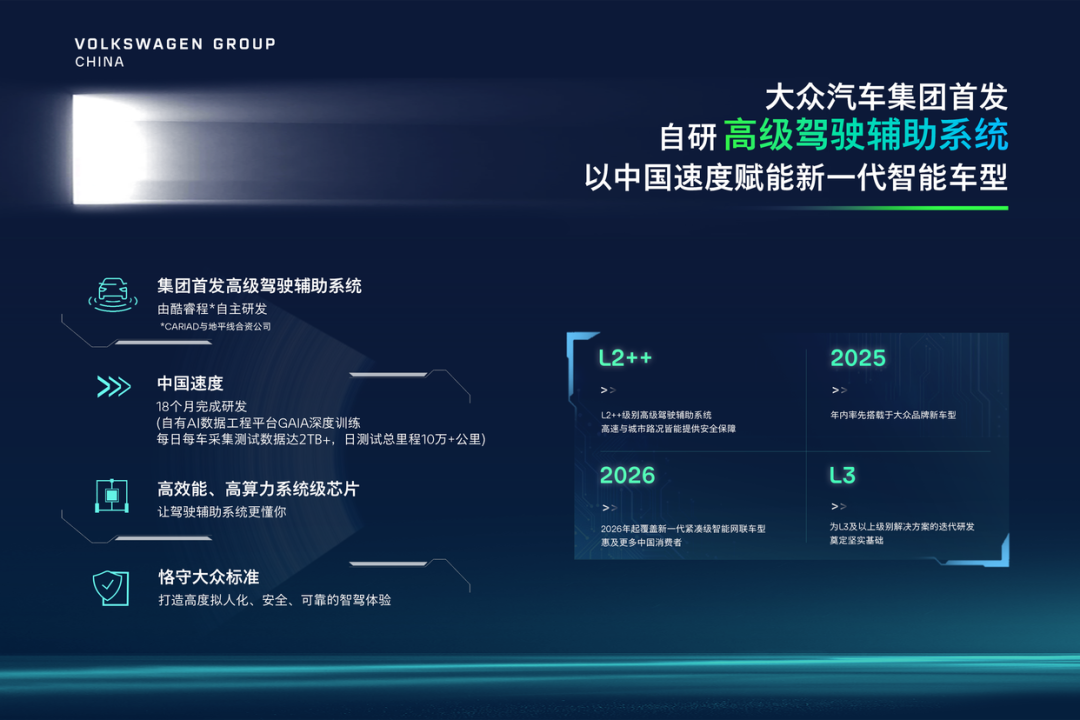Three Lives Lost Spark Heightened Concern; MIIT Tightens Regulations on Smart Driving
![]() 04/18 2025
04/18 2025
![]() 535
535
On March 29, a tragic highway accident involving a Xiaomi SU7 claimed the lives of three young individuals, igniting a wave of public skepticism regarding the safety of electric smart cars.

In the aftermath of this incident, the Ministry of Industry and Information Technology (MIIT), the automotive industry's regulatory body, prioritized the safety oversight of electric smart cars. The ministry initiated a series of measures to fortify industry safety standards and technical specifications, along with standardizing terminology, to mitigate the risk of similar accidents.
The Reckless Pursuit of Intelligent Driving Leads to a Tragic Lesson
In recent years, the domestic new energy vehicle market has witnessed exponential growth. Automakers have hastily positioned intelligent driving as their core selling point and marketing tactic to secure a technological edge. From "City NOA" to "Mapless Autonomous Driving," promotional jargon has continually evolved, with some automakers blurring the lines between assisted and autonomous driving, misleading many consumers into believing that current L2-level assisted driving is autonomous.

Realistically, the current technology is not yet mature and harbors numerous hidden dangers. According to relevant statistics, the number of traffic accidents related to intelligent driving systems in China has surged over the past two years. Many of these accidents stem from system misjudgments, excessive reliance on systems, or misuse of functions. Following the tragic Xiaomi SU7 accident, insiders revealed that some automakers have rushed unverified vehicles to market for marketing purposes, turning consumers into unwitting test subjects, risking their lives in the process.
Accelerating the Revision of Relevant Standards and Safety Specifications
On February 25 this year, the MIIT and the State Administration for Market Regulation issued a notice aimed at further strengthening the management of intelligent and connected vehicle product access, recalls, and software online upgrades. The objective is to enhance the safety of intelligent and connected vehicles, safeguard the lives, property, and public safety of citizens, promote the standardized application of new technologies, and drive the high-quality development of the automotive industry.

The "Notice" mandates the inclusion of relevant technical parameters related to combined driving assistance systems and OTA upgrade information in the main technical parameter table of vehicle products. This information will be integrated into the MIIT's product access and production consistency management and filed with the State Administration for Market Regulation to ensure smooth defect investigation and recall management of automotive products. Enterprises are required to conduct thorough testing and validation of intelligent and connected vehicle products and OTA upgrade activities, clarify system boundaries and safety response measures, ensure reasonable control strategies, strictly fulfill the obligation to inform, and maintain effective safety management throughout the development, production, and operation phases.
In response to the March 29 accident, the MIIT revised automotive safety standards to enhance overall vehicle safety, aligning with industry development and consumer demands.
Regarding battery safety, the MIIT revised the "Safety Requirements for Traction Batteries Used in Electric Vehicles." The thermal diffusion test now includes an "internal heating" trigger method, adjusting the previous requirement from "providing a thermal event alarm signal 5 minutes before ignition or explosion" to "no ignition or explosion," and ensuring that the smoke does not harm occupants. A new test method was added to the bottom impact test, requiring no leakage, no shell rupture, no ignition, or explosion of the battery after impact. The safety test after fast charging cycles necessitates the battery to undergo an external short circuit test after 300 fast charging cycles to ensure no ignition or explosion. Insulation resistance requirements were improved, and insulation resistance requirements for AC circuit battery systems were added.

This standard will come into effect on July 1, 2026. Newly applied vehicle models must comply with this standard, while previously approved models must be retrofitted or withdrawn from the market by July 1, 2027.
Concerning automotive information security, the MIIT revised the "Technical Requirements for Information Security of Complete Automobiles" standard, which will be implemented on January 1, 2026. The primary revisions include specifying requirements for automotive information security management systems, information security technical requirements, and inspection and test methods. It encompasses various aspects such as vehicle external connection security, communication security, software upgrade security, and data security.
The MIIT is further accelerating the construction of the intelligent and connected vehicle standard system. Within the year, a comprehensive standard system for intelligent and connected vehicles supporting combined driving assistance and autonomous driving general functions will be systematically established, with over 100 relevant standards being formulated or revised. Key areas include functional safety, cybersecurity, data security, key autonomous driving systems, basic networking functions, and operating systems.
Analysts foresee that the revision and implementation of these standards will profoundly impact the production and usage of domestic new energy vehicles and intelligent and connected vehicles.
Refraining from Misleading Intelligent Driving Claims
On April 16, the MIIT organized a meeting to advance the management of intelligent and connected vehicle product access and software online upgrades, focusing on the product access and software online upgrade filing requirements outlined in the "Notice on Further Strengthening the Management of Intelligent and Connected Vehicle Product Access, Recalls, and Software Online Upgrades" issued by the MIIT and the State Administration for Market Regulation. The meeting gathered feedback from automotive manufacturing enterprises on their implementation and suggestions. It emphasized that automakers must thoroughly understand the "Notice's" requirements, conduct comprehensive combined driving assistance testing and validation, clarify system function boundaries and safety response measures, refrain from exaggerated and false propaganda, strictly fulfill the obligation to inform, effectively shoulder responsibility for production consistency, quality, and safety, and significantly elevate the safety standards of intelligent and connected vehicle products.

According to meeting minutes disclosed by participants, the MIIT reiterated that automakers must avoid exaggerating or falsely promoting driving assistance. Technical specifications and test reports will be scrutinized, and terminology will be standardized. Terms like autonomous driving, self-driving, intelligent driving, and advanced intelligent driving are prohibited, and the term "combined driving assistance" should be used instead. Functions such as valet parking, one-click summoning, and remote control are banned, and such functionalities cannot be declared. Descriptions suggesting hands-off or eyes-off driving should not appear, as hands-off driving violates traffic laws.
In response to the MIIT's directives, automakers have acted swiftly. On April 17, the Volkswagen Group announced that it will unveil its advanced driving assistance system developed by the Chinese team for the first time at this year's Shanghai Auto Show. Tailored for China's complex and diverse road conditions, this system offers drivers a highly humanized, multi-scenario-covering driving assistance experience with safety as the paramount priority.

Volkswagen's latest press release fully adheres to the MIIT's terminology requirements.
On April 18, Horizon Robotics will hold the "2025 Horizon Annual Product Launch Conference" in Shanghai, where it will unveil its most significant product in a decade. Will the term "advanced intelligent driving" be altered? (End)








